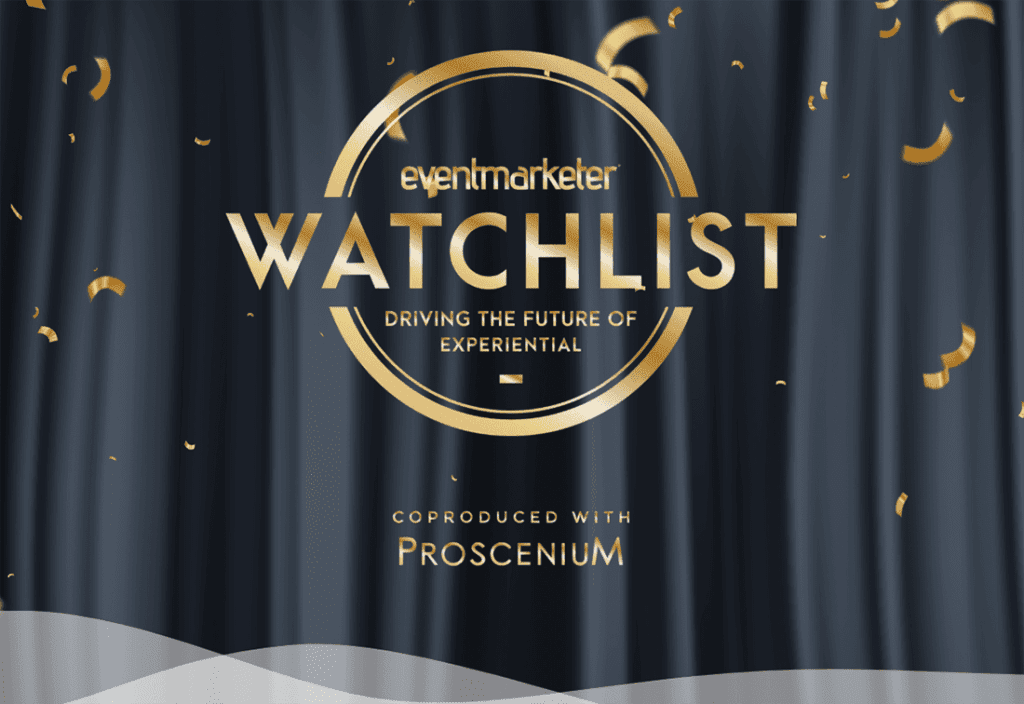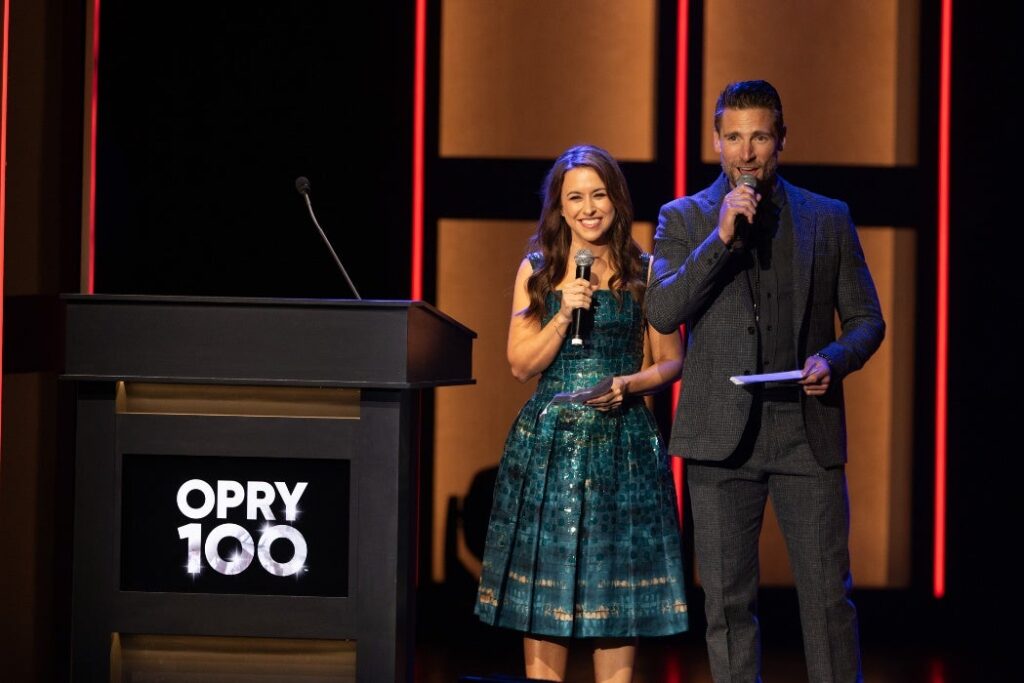PROMO salutes 50 products, services, and properties making the most noteworthy marketing waves.
Results are king. At the heart of every promotion marketing campaign is a need to increase sales, either immediately through purchase initiatives or long-term via brand-building and loyalty development strategies.
The editors of PROMO Magazine observe countless promotions from numerous brands each month. We consider them first on a visceral level, deciding which ones strike us as unique, motivating, and relevant to the brand in question. We then examine the effectiveness of the effort’s execution, and whether or not the original concept translated into actionable programs. And of course, we ultimately review the results based on the campaign’s initial objectives.
For the first time, we’ve decided to sift back through 18 months of coverage to select the brands that consistently have been doing the best job in those three areas: concept, execution, and results. In most cases, the brands chosen make the grade in all three. But we’ve also credited a few either for the originality of their strategy (“a little something for, like, the effort,” for you Caddyshack fans in the audience), and some others for generating strong results with tried-and-true formulas.
While we’re sure many of our choices will elicit nods of agreement, we’re fairly certain others may raise a few eyebrows – perhaps even ruffle some feathers. If so, all the better, because the nature of this business is to generate response. And yours is welcome.
Selecting these 50 Best Promoted Brands was difficult enough, so we didn’t attempt to rank them. Thus, Yahoo deserves as much praise as A&E in our alphabetical listing.
Submitted for your approval: PROMO’s 50 Best-Promoted Brands.
A&E Why: Because promotion turns its historical programming into marketing masterpieces, a la Reggie-worthy campaigns for Horatio Hornblower and The Crossing. “We figured out a while back that we could get a lot more from consumer promotions than [other marketing initiatives],” says Mike Mohamad, vp of consumer and on-air marketing. Classroom-based initiatives are key for the New York City-based cable network, as are strategic partnerships. But you’re more likely to find A&E aligning with an educational software manufacturer than a packaged goods brand that doesn’t jibe with programming. “The idea of the content and the promotion being homogeneous is extremely important,” says Mohamad. Vertical Mix Marketing, New York City, handles.
Blockbuster Why: Because it acts like a brand, not a retailer. The Dallas-based company transcends retail channels with Hollywood tie-ins, its own awards show, a bevy of online activity, and much more – all designed to drive traffic to stores. (Transaction-based revenues are up 30 percent since `97.) A rich database fuels such one-to-one programs as the new in-store Freebie couponing service and Blockbuster Rewards, which has six million members and is the fastest-growing paid loyalty program in history. New York City-based Promotional Resources Group handles. “People forget the Blockbuster brand is only 15 years old,” says executive vp-chief marketing officer Jim Notarnicola. “It has become part of the American landscape.”
Cartoon Network Why: Working with a tiny budget may limit some marketers, but branders at this Atlanta-based cable network use their short stack of dollars to the max. Alternative avenues have proven fertile, uncluttered ground for successful in-house efforts. “Our budget is one-twentieth of what others in our category spend,” says senior vp-marketing Craig McAnsh. “We have to leverage our dollars to the hilt.” The mobile Cartoon Cartoon tour returned this year with better results than in ’99. Subway ran a Powerpuff Girls premium program (while Delta Airlines painted the Puffs on a plane) this summer. Scooby Doo is the top property, generating viewers (ratings have skyrocketed), merchandise sales, and piles of tie-ins.
ESPN Why: The once-insignificant Bristol, CT-based cable channel now boasts brand recognition equal to broadcast networks, has successfully expanded to magazines and the Internet, and has even created its own highly marketable property with the X Games franchise. “Our promotions work because we understand our audience. We’re like buddies – we never talk down to them,” says senior vp-marketing Leigh-Anne Daly. Successful partnerships have served sports-crazy consumers to such outside brands as Pizza Hut, Lender’s Bagels, Marriott, and Beck’s while boosting ratings for the network. Recent efforts for the NFL, NCAA basketball, and X Games programming helped earn it the Promotion Marketing Association’s “Marketer of the Year” award for 2000. Ground Zero, Santa Monica, handles.
Harry Potter Why: Kids stood in line at midnight for a book. A book! Sure, word-of-mouth (from which many a best-seller has been born) had already made the Harry series a worldwide phenom before Goblet of Fire hit stores in June. But credit publisher Scholastic and countless local book purveyors for fueling the fire with mystery (the title was a secret for months), well-timed p.r., and midnight parties. Scholastic gave bookstores an activity kit with party invitations, stickers, Quidditch patches for raffles, games, and party ideas. Goblet sales topped $50 million in the first month, and Potter is credited with boosting hardcover children’s book sales 15 percent.
Pokemon Why: This Nintendo-owned and New York City-based Leisure Concepts-managed property has been the kids tie-in over the past 18 months, having spawned dozens of tie-in promotions and a bevy of grocery and retail products from Kellogg, Burger King, Heinz, and Kraft. And it has done so while withstanding a barrage of negative press from sources who found the Gotta Catch `Em All tagline a bit too manipulative for kids. A relatively lackluster performance from the franchise’s second theatrical release this summer suggests Pokemania could be waning. But with more than 500 licensees on board, don’t expect the marketing frenzy to slow anytime soon.
Power Rangers Why: Because the 10-year-old kids show has not been the kids tie-in over the past 18 months, yet still has Wal-Mart hosting parking lot tours, McDonald’s running Happy Meal programs, and Campbell’s Soup adding canned SKUs. Los Angeles-based Fox Family Worldwide and its Saban Entertainment division keep the property annually refreshed with new themes and the marketing machine well-oiled with increasingly bigger ideas both on-air and off. Close relationships with licensees including Bandai America have kept product flying off shelves. “It’s not the hottest new show on TV, but at retail it is,” notes vp-promotions Gina Mace-Sands. Next up is an end-of-year effort with Loews Cinemas.






